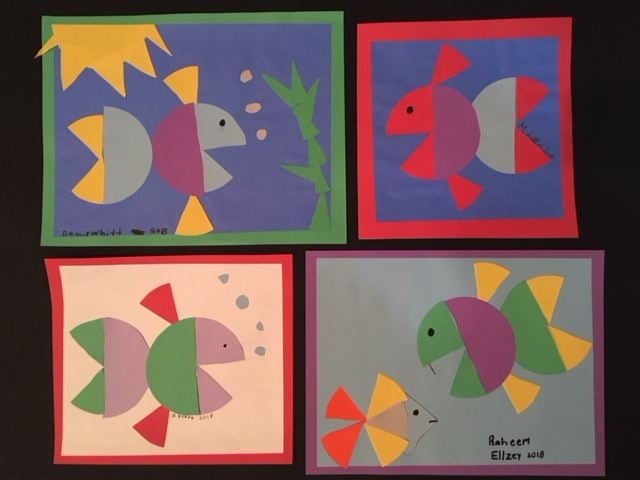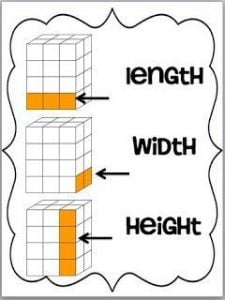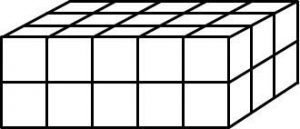by C. Elkins, OK Math and Reading Lady
I’ll admit, making conversions with measurement has always been difficult for me. Probably because I don’t apply this type of math on a daily basis (as you can most likely say for most people unless they do it regularly for their jobs). Add the fact that we teach the metric system, but don’t really use it. In researching a good way to teach measurement conversions, especially for 5th grade and up, I came upon a strategy which I will share below. If you try it, let me know how it works in your class. I’m also going to share the visual for standard liquid measures as I believe it really helps think about how many cups in a quart, pints in a gallon, etc.
Here’s the liquid measure guide
G=gallon, Q= quart, P=pint, C=cup. An interesting tidbit regarding the words: cup is the smallest unit and it has just 3 letters. Pint is next in size with 4 letters. Quart has 5 letters. Gallon has 6 letters. So just thinking about the size of the word might be enough for some students to relate to these units.
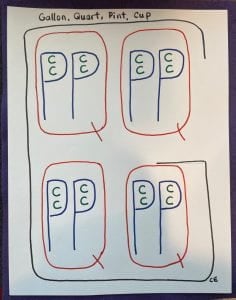
Steps for students to make this:
- Have 4 different markers ready, one for each unit. I recommend students draw with pencil first, then trace with marker because they most likely will have to try more than once to make the shape a good size.
- Make a giant capital G in one color. Try to make it take up almost the whole page with a vertical orientation. I tell them to square it off (like shown in the picture).
- Then draw 4 Q’s inside as shown (different color). I kind of square them off as well to make room for the other parts. 4 quarts = 1 gallon.
- Draw 2 P’s inside each Q (a third color). 2 pints = 1 quart
- Draw 2 C’s inside each P (a fourth color). 2 cups = 1 pint
- Now practice making equalities with various questions: How many cups in a quart? How many cups in a gallon? How many pints in 2 quarts, etc.
Other measurement conversions (metric, standard, length, liquid, etc.)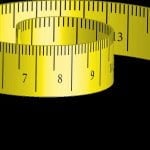
This method was described on the NCTM forum by a high school teacher, which I saved a few years ago. I hadn’t thought about it until recently when I needed to work with a 5th grader. I know there are rules out there like this: Going from a smaller unit to a larger unit = divide; Going from a larger unit to a smaller unit = multiply. But it’s always helpful to have 2 strategies. If you can’t remember whether to multiply or divide, then this strategy will help do it for you.
I think the illustrations speak for themselves, but the keys are as follows:
- In step 1, rewrite the problem in fraction form. Place the labels of the units diagonally across from each other. This is so they will “cancel out”. Place an “x” sign. As you will notice in step 3, the way the fraction is written will determine whether you multiply or divide (which relates to the above . . . smaller to larger unit = divide.; larger to smaller unit = multiply).
- In step 2, determine how many ___ in 1 _____. If needed, there are many charts available on TPT or Pinterest to help reference the correct conversion regarding customary or metric systems.
- In step 3, complete the equation.
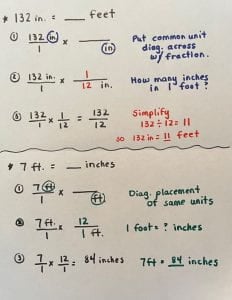
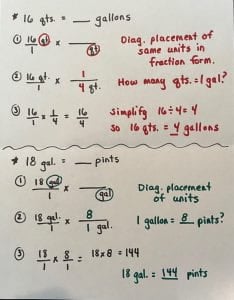
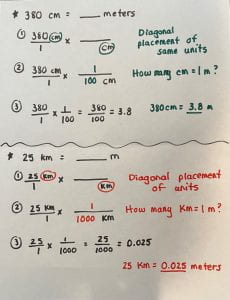
Have a terrific week! Happy measuring!

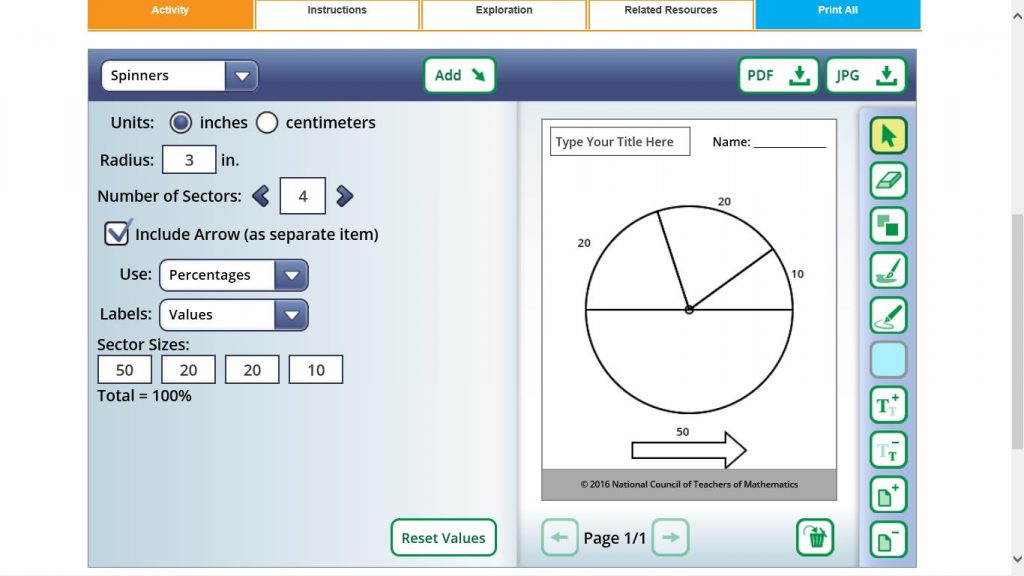
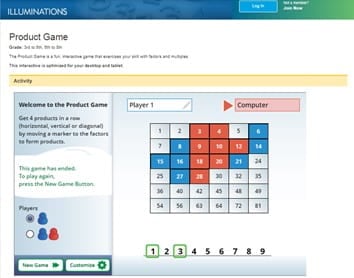

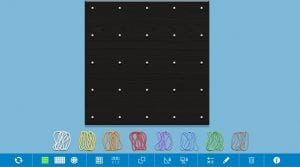 Check out the little “i” on how to get the most use out of it, but it has 2 variations for the board size and you can show it with/without gridlines or numbers. There are different colored bands which you drag to the board and stretch to whichever pegs you need. You can shade in areas, copy, and rotate (which is helpful to see if 2 similar shapes are equivalent). There is also a drawing palette in case you want to freehand something or draw lines (and with different colors as well).
Check out the little “i” on how to get the most use out of it, but it has 2 variations for the board size and you can show it with/without gridlines or numbers. There are different colored bands which you drag to the board and stretch to whichever pegs you need. You can shade in areas, copy, and rotate (which is helpful to see if 2 similar shapes are equivalent). There is also a drawing palette in case you want to freehand something or draw lines (and with different colors as well).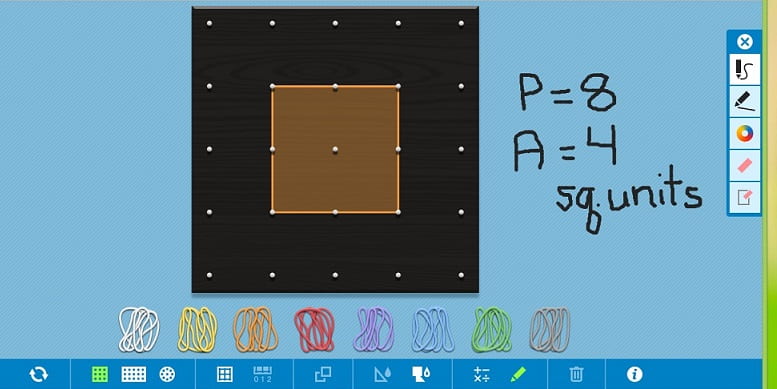


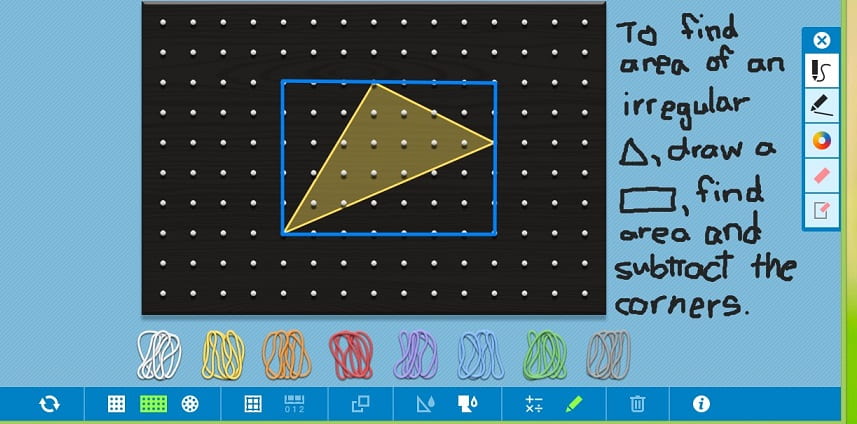

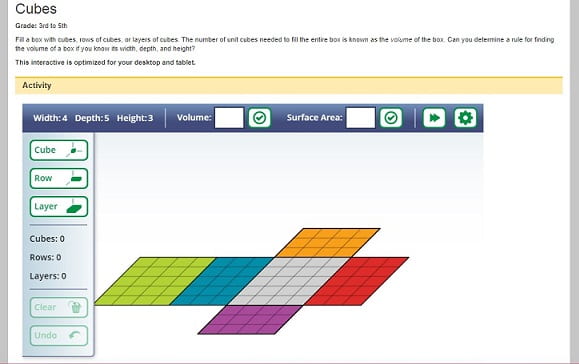




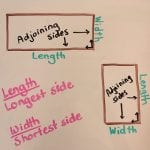 A quadrilateral (4 sides) with 4 right angles and opposite sides are equal.
A quadrilateral (4 sides) with 4 right angles and opposite sides are equal.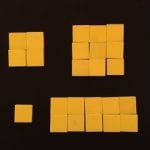
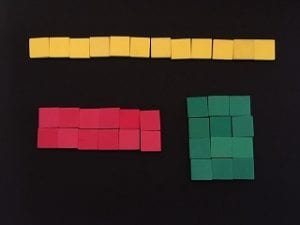
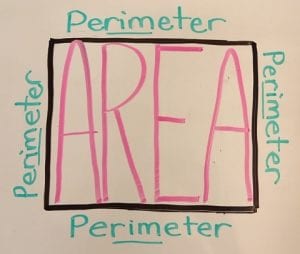


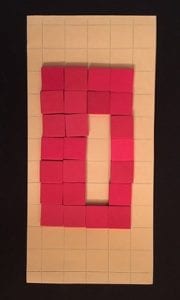
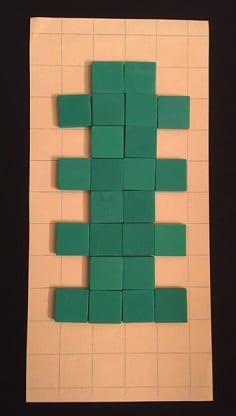
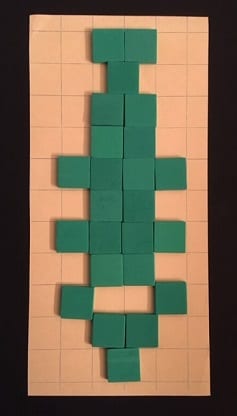

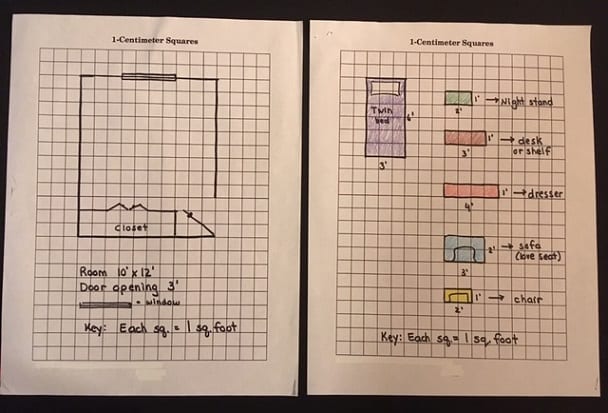


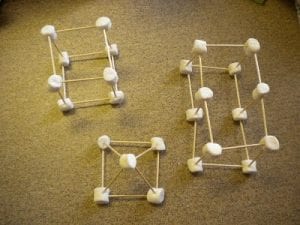
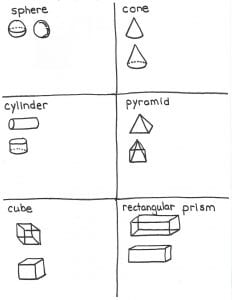
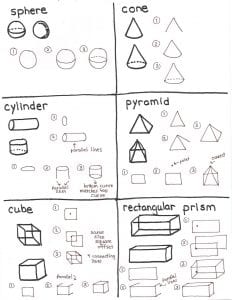


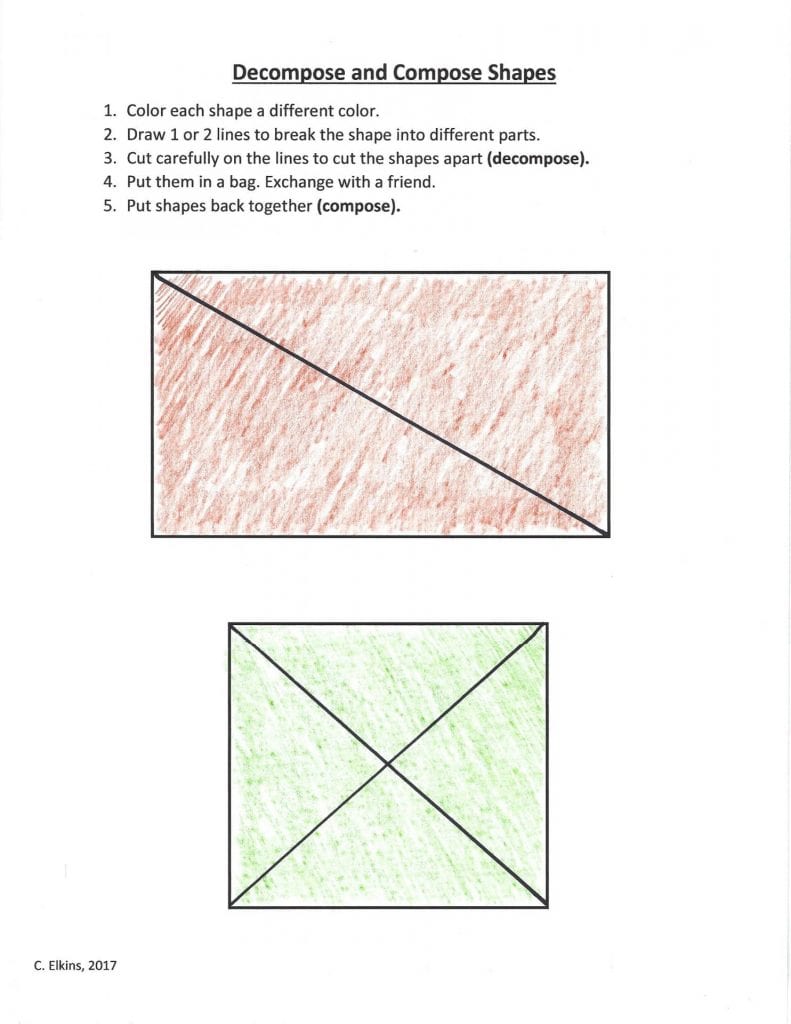
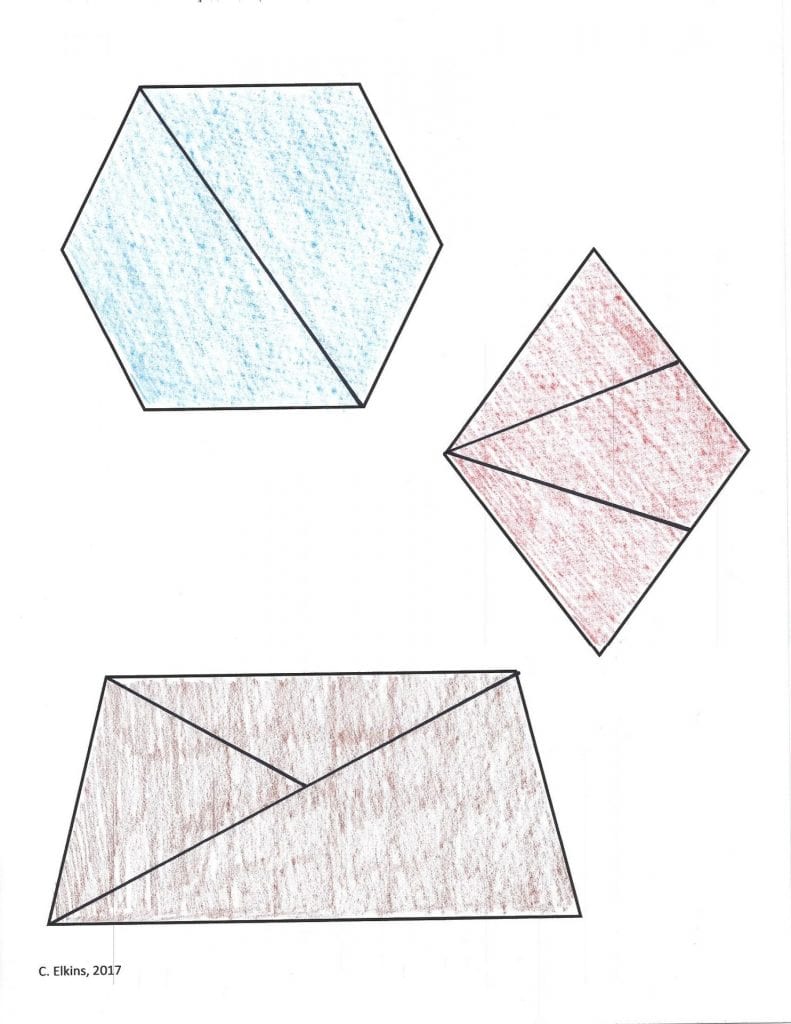
 as a springboard to compose other polygons using various numbers of triangles.
as a springboard to compose other polygons using various numbers of triangles. 
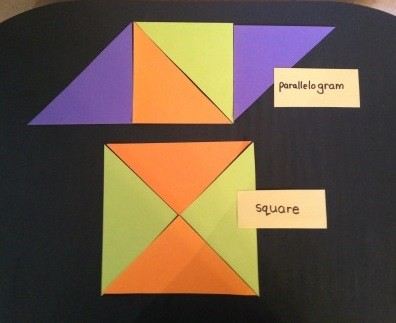

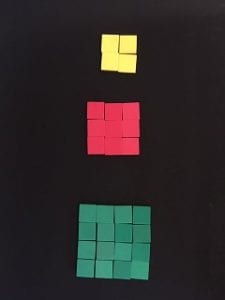
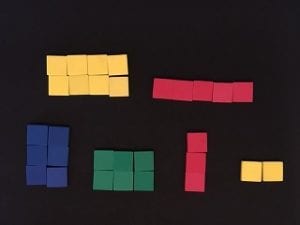
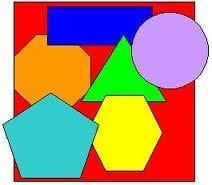
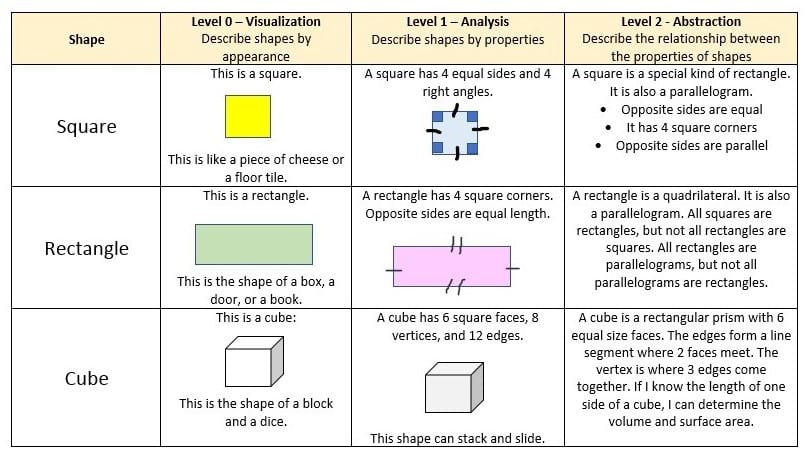

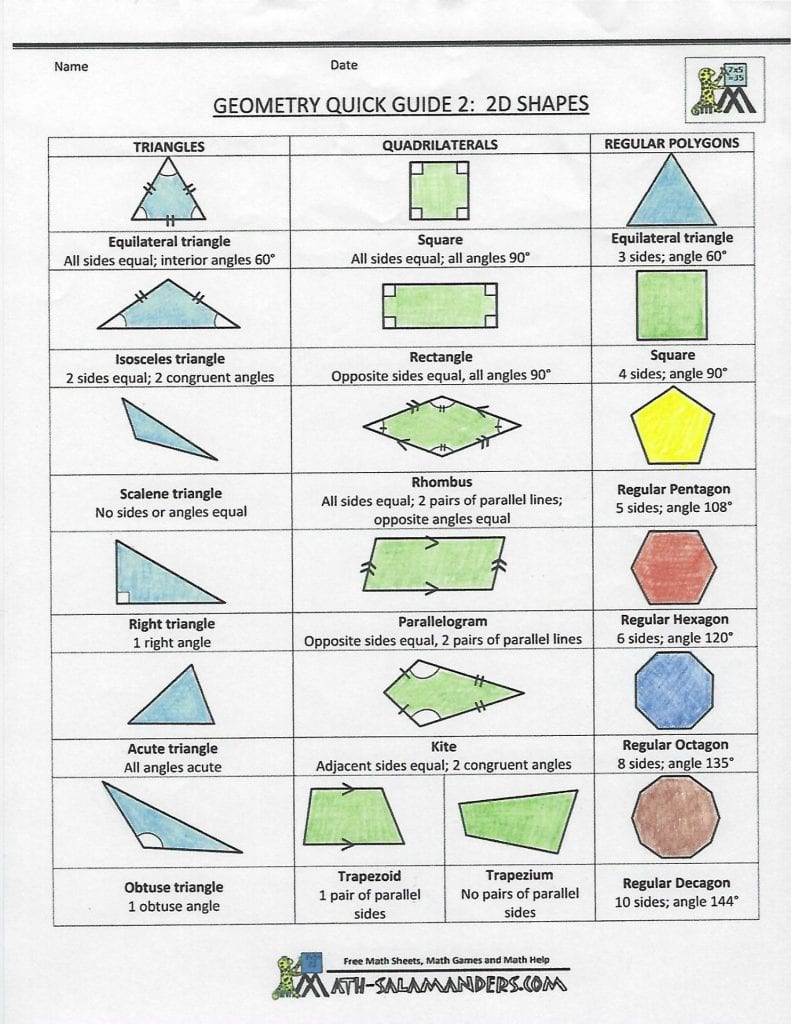
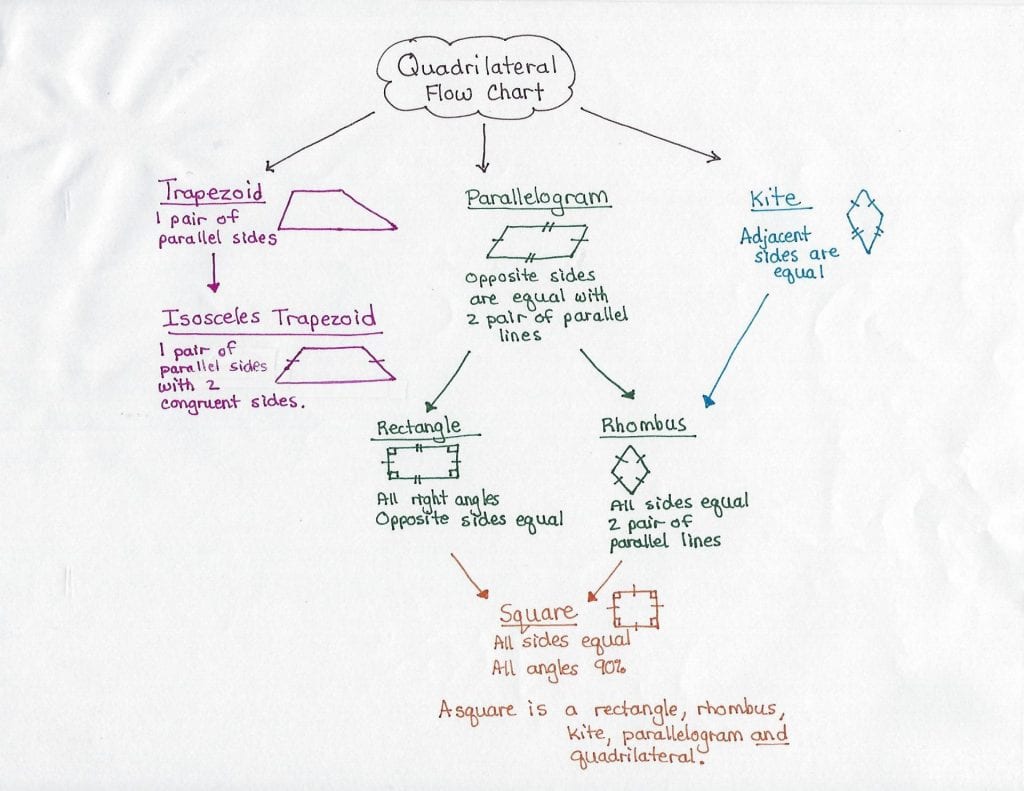
 A great literature connection to this project is the book
A great literature connection to this project is the book 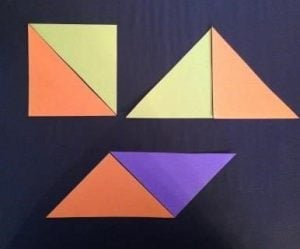
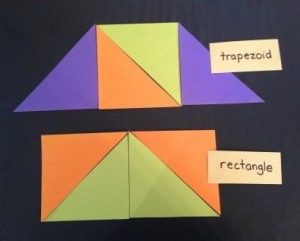

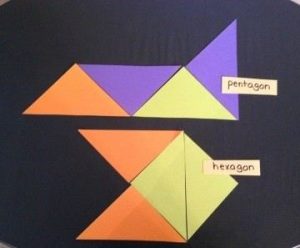
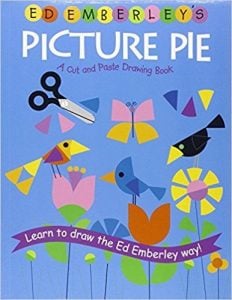 In this post I will share one project which helps students gain hands-on experience with fractions. More to come in future posts.
In this post I will share one project which helps students gain hands-on experience with fractions. More to come in future posts.


